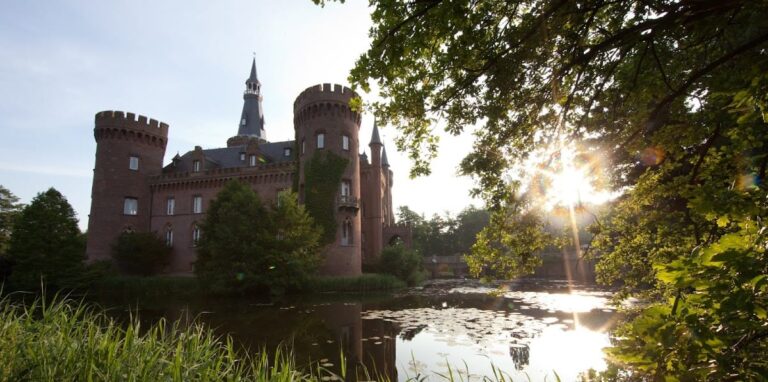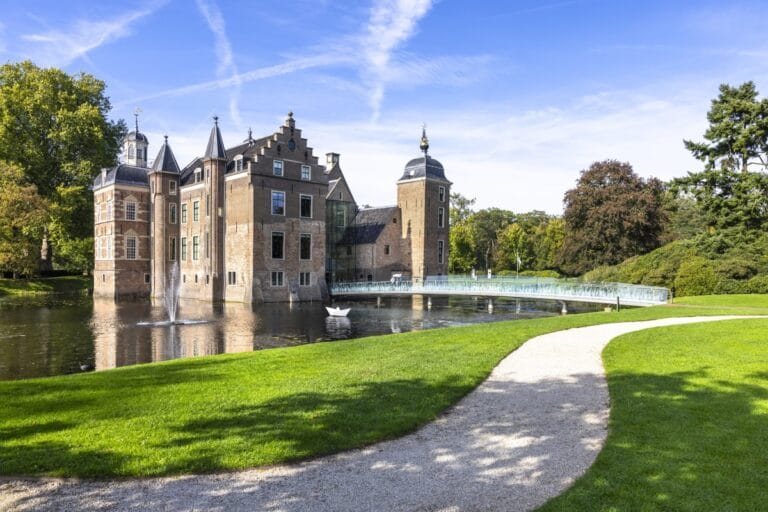Huis Bergh: A Historic Water Castle in the Netherlands
Visitor Information
Google Rating: 4.5
Popularity: Medium
Google Maps: View on Google Maps
Official Website: www.huisbergh.nl
Country: Netherlands
Civilization: Medieval European
Remains: Military
History
Huis Bergh is located in the town of ‘s-Heerenberg, within the province of Gelderland in the Netherlands. The castle was originally constructed around 1250 and served as the ancestral home of the counts of Bergh. It stood at the center of the Land van den Bergh, a territorial domain that functioned as a bannerij—a medieval military and administrative district—until 1486, when it was elevated to the status of an imperial county.
During the 14th, 15th, and 17th centuries, Huis Bergh underwent several phases of construction and expansion, reflecting its ongoing importance. In the early stages of the Dutch Revolt, also known as the Eighty Years’ War, the castle sustained damage. Later, in 1735, a severe fire caused extensive destruction. The castle was rebuilt over the following decade under the supervision of Gerrit Ravenschot from Zutphen, who used traditional building materials to restore the structure by 1746.
Between 1799 and 1842, Huis Bergh served a religious purpose as a seminary connected to the Dutch Missionary Society. In 1912, Jan Herman van Heek, an industrialist from Enschede, purchased the castle and its estates with the goal of preserving it as a historical monument. Another major fire struck the castle in 1939, but local residents managed to save much of the interior. Restoration work began immediately and was completed by autumn 1941.
In 1946, Van Heek established a foundation to ensure the castle’s preservation. Huis Bergh became the residence of the Van Heek family and housed their extensive art collection. From 1965 onward, parts of the castle were opened to the public, and in 1988, the Italian art room was made accessible. The estate also includes the nearby small castle Boetselaersborg and the park forest known as de Plantage. The castle garden, restored in 2016 to its 1727 design, is considered one of the oldest in the Netherlands. Since 2018, visitors have been able to stay overnight in the castle’s round and flat towers.
Remains
Huis Bergh is the largest water castle in the Netherlands, characterized by its moat and fortified layout. The complex features architectural elements from the 13th through the 17th centuries, reflecting its long history of construction and renovation. The castle’s structure includes a variety of rooms used to display art, such as the Italian room, the Antoniuszaal, and the throne room. The stairwell contains a gallery of portraits dating from the 15th and 16th centuries.
The castle’s art collection is notable for its medieval paintings and portraits of historical figures including Burgundians, Habsburgs, Oranges, and the counts of Bergh. It also holds medieval manuscripts, sculptures, coins, medals, and ivory objects. Among the artworks is the largest private collection of early Italian art in the Netherlands, featuring pieces by Duccio, Biccie di Lorenzo, Niccolò di Segna, and a panel of the Archangel Gabriel from Duccio’s Maestà.
Following the fires in 1735 and 1939, the castle was rebuilt and restored using traditional materials and methods, preserving much of its historical fabric. The garden, restored to its 1727 state, is part of the estate’s historic landscape. The nearby Boetselaersborg castle is also included within the property. The castle grounds host concerts in the garden and reception hall, and since 2018, the round and flat towers have been adapted to accommodate overnight stays.










